As of August 1, 2021, Google announced new changes in the development and launching of apps in the Google Play Store. Popular APK format will be changed for AAB format which has been used for a while, as it was introduced in Android 9 back in 2018. This article will cover the most important features of the Android App Bundle (AAB), as well as the changes it brings to users, developers, and Google.
The Google’s Official Statement
In June 2021, Google released an official announcement of switching APK to ABB from August onwards.
To bring these benefits to more users and focus on modern Android distribution that benefits all developers, Google Play will start requiring new apps to be published with the Android App Bundle starting August 2021. This will replace the Android Application Package (APK) as the standard publishing format.
AAB will be obligatory for new apps, launched from August onwards on Google Play Store. Current apps in Google Play don’t need to comply with the new requirements.
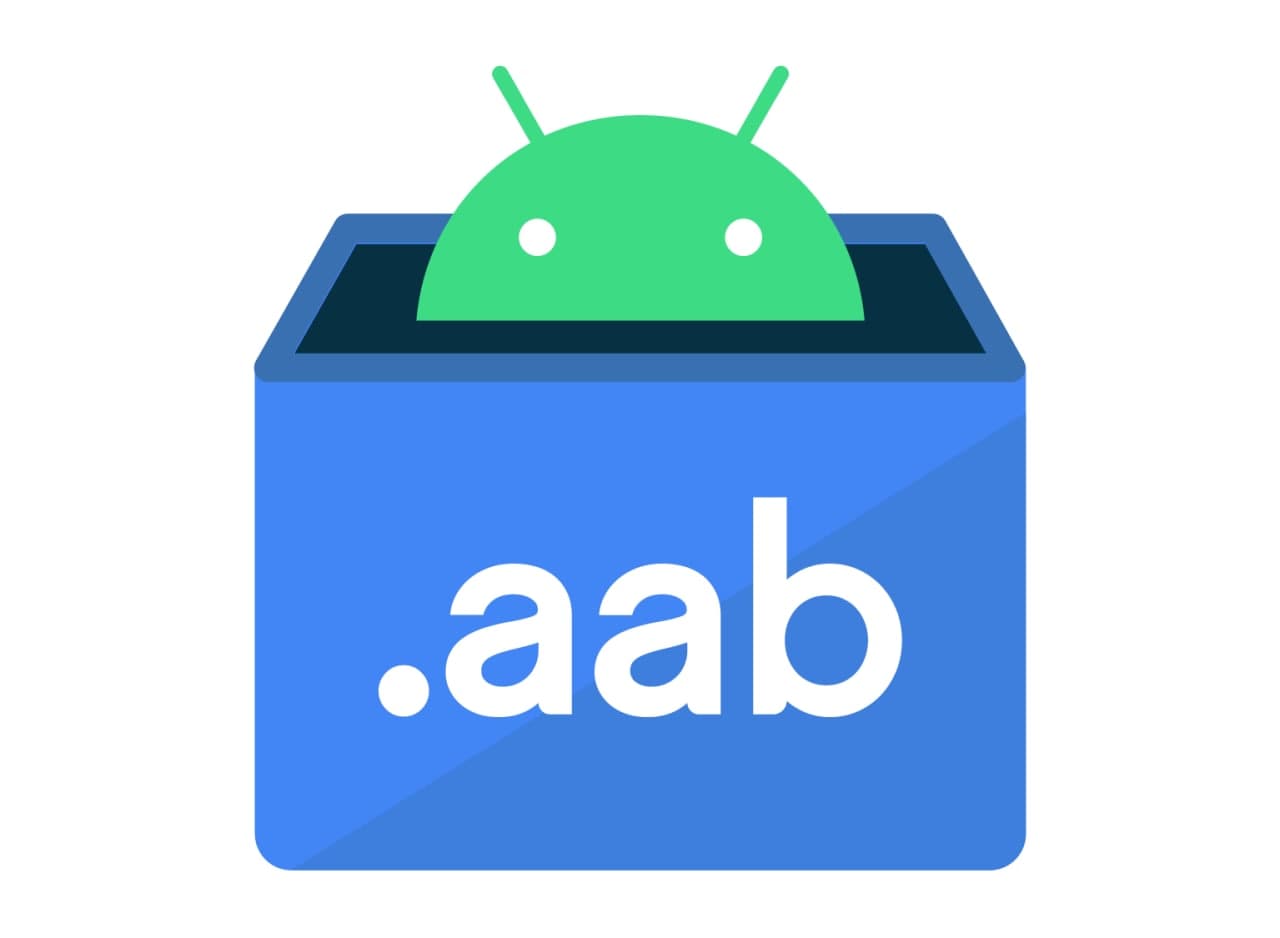
Android App Bundle (AAB) Changes
So, what changes does Google Play AAB bring? We will go in-depth into all of them, but for now, let’s just write a little summary of the changes and clarify some terms for a better understanding of the topic.
Estimated changes include:
- Support over various device configurations and languages
- Smaller app volume up to 15%
- Faster download speed
- Increased number of installations / reduced number of uninstallations
Also, here is the table overview of other notable changes.
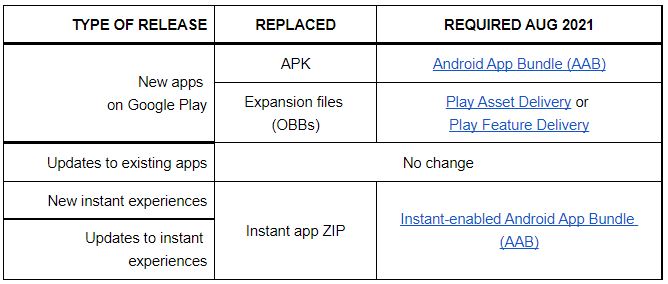
In addition to the APK, developers will have to replace large expansion files (OBBs) with Play Asset or Feature Delivery. Similarly, Instant-enabled Android App Bundles replace the Instant app ZIP for distributing new and updating “instant experiences.”
Existing applications are exempted, along with private apps for managed enterprise users. Looking ahead, Play App Signing — a key part of the AAB process — will take advantage of APK Signature Scheme v4 to “access upcoming performance features available on newer devices.”
About 10% of super-popular apps use Play Feature Delivery. It allows customizing and delivery of modules to specific devices at specific moments. PFD supports three modes: delivery at installation, delivery on condition, and delivery on demand.
Play Asset Delivery is important for the games. With it, one can compress the format as a delivery condition, so users can only obtain resources suitable for their device and avoid wasting space or bandwidth.
AAB Features
Google reported that one thousand of the most popular apps are built on Google Play AAB, among over a million apps using this new format. Some of the prominent examples include Netflix, Twitter, Adobe, and Duolingo.
AAB is an open-source format supported by mainstream build tools, including Android Studio, Gradle, Bazel, Buck, Cocos Creator, Unity, Unreal Engine, and others. With the help of Play Core native SDK, Play Core Java SDK, and Play Core Kotlin SDK, no matter which coding environment users prefer, they can use advanced App Bundle features.
The AAB creates a single bundle of codes, resources, and native libraries for a particular app. That eliminates the need to build, sign, upload, and manage version codes for multiple APKs. Furthermore, Gradle in Android Studio, for example, allows developers to build modular apps which are built faster. That way, developers have more time to design, code, and test the app.
Google Play APK to AAB Comparison
Until now, most of the apps submitted to the Play Store were launched in Google Play APK format. This format has the app packed into one single bundle. The new AAB format allows segmentation of components within the app, prioritization, and optimization based on your Android device.
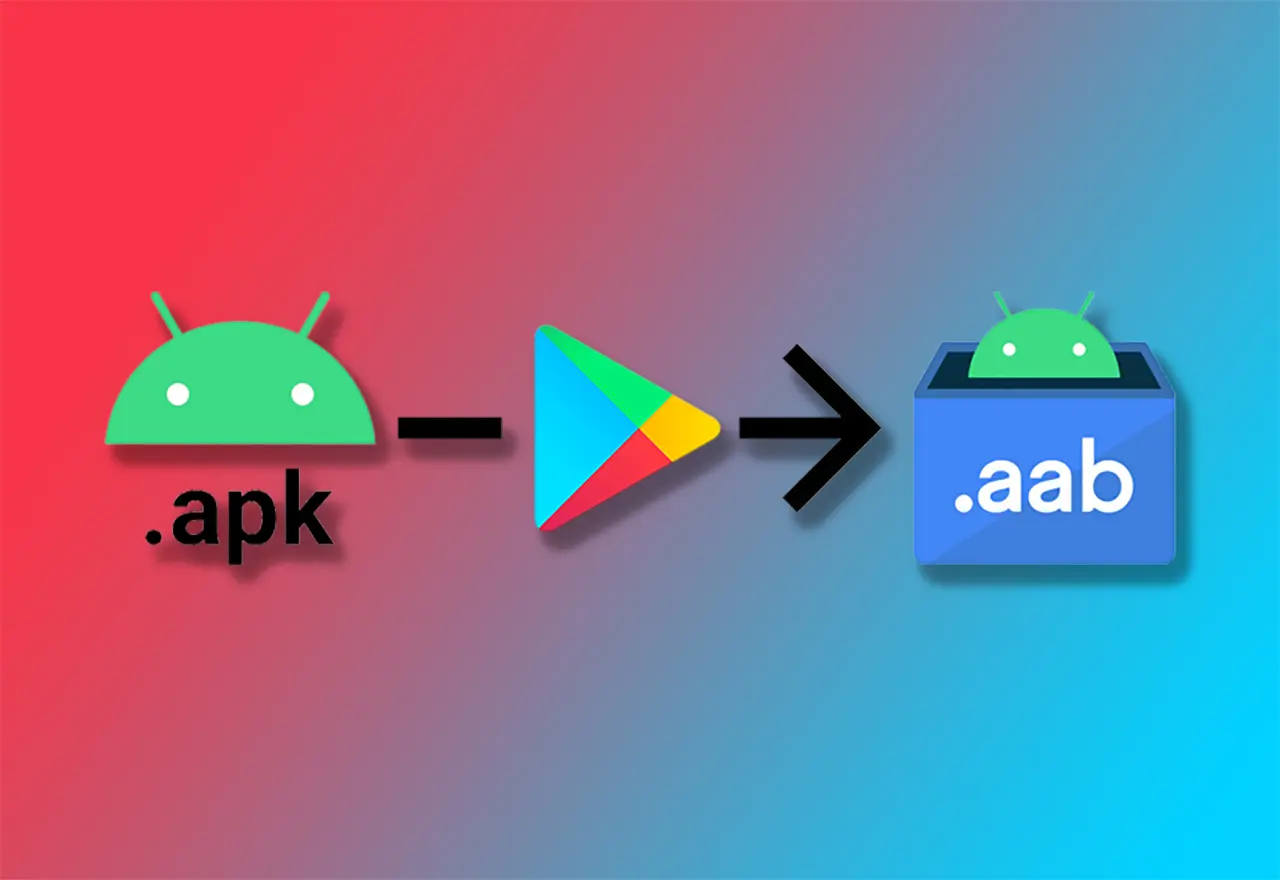
Consider using the same app across multiple devices. In the old APK format, developers had to build separate elements tailored to each device. The next step is putting those elements together and uploading them as a unit to Google Play. When downloaded from Play Store, the user downloads the whole package, with all odds and ends included.
There is an alternative way of creating separate APK’s for each Android device the app will run on. Generally, that takes a lot of time and effort. With the AAB that will not be necessary. Play Store will be able to recognize and download only what is necessary for your device. With optimized APK’s, you can expect up to a 15% smaller volume of the apps you download.
In the picture below, you can see to what extent certain popular apps will diminish in size.
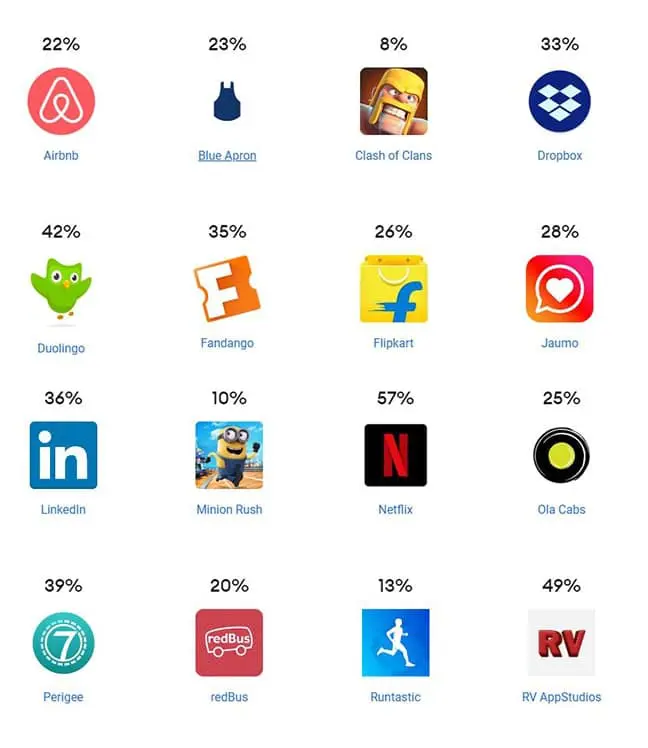
This size reduction will accelerate the download speed of the app. Not only that but there is a chance that your device will not download the whole app immediately but just some parts of it. That is the case mostly with the games. The device will not download the unlocked game segments, as you cannot access them either way until you finish the first part of the game. The loading speed will be higher, and you will save space on your device what is truly important for the old hardware devices.
Outdated devices usually have less memory available and struggle with loading and downloading. The AAB will support the outdated devices and make their life a bit easier.
Android comes with support for over 100 languages, different CPU architectures like ARMv7, ARMv8 along with Intel x86, and different screen resolutions. At this point, an app developer needs to bundle support for a range of possible combinations into one APK app. That results in unnecessary codes within each app (read more on how to create an app without coding).
If your device is based on ARMv8 CPU architecture, Google will only provide the package for ARMv8 while downloading a particular app and not the entire APK file consisting of support for ARMv7, ARMv8, and Intel x86 architecture.
What does AAB Mean to the Developers
Developers also have the freedom to play around with optional add-ons, such as augmented reality. It may not work on all devices. Devices that cannot support it will not download it. In other words, the technology will recognize what it needs and how much it can take.
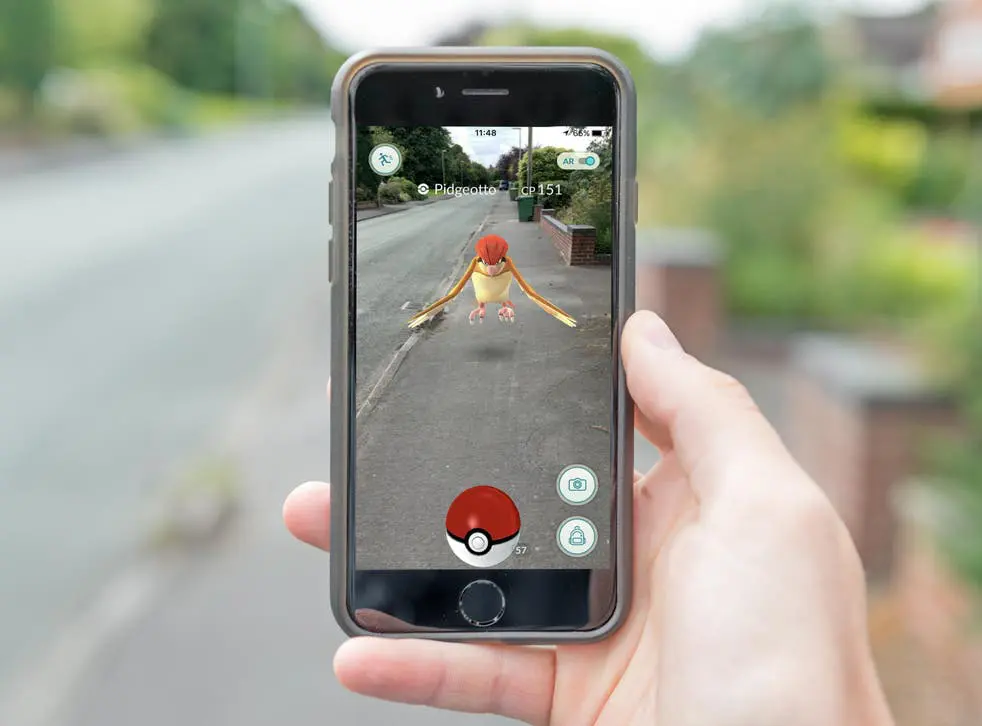
The new format should increase security levels from malware and shady operators. Also, the downside of it for users will be more restricted sideloading, which will become much more difficult.
The overall shift to the AAB format is not a challenge or a time-consuming process for the developers. Despite that, there are some obstacles on the way.
The first issue is that launching in different app stores requires the manual transmission of the APK version of the particular app. But those end users who still want the APKs, have to look for alternative stores or struggle in exporting AABs.
Moreover, developers have to provide the Play App Signing key of their apps to Google to export AAB files as an APK. That key will give power to Google to access the app’s core. If you want to publish apps through multiple distribution channels, you can use a common app signing key or use app-only signing keys for different channels, including the app-only signing key for Google Play.
When it comes to benefits for Google, with AAB, Google will get more control over app distribution services. Any third-party store will have to set up an AAB to APK converter over the cloud to provide applications available on the Google Play Store, while Google does it with the help of its tool called “bundle tool”. Overall, that will increase the number of developers who ditch third-party app structures and switch to the Play Store.
The Takeaway
Google Play has made another step forward in the optimization of their app store which will be beneficial to all users. Developers will not suffer major changes either, as ABB has been around since 2018, just wasn’t used as much. It’s a win-win situation for everyone. Will other app stores follow the trend, the time will tell. In meanwhile, you can always use a mobile app builder for Android & iOS to create amazing apps!



